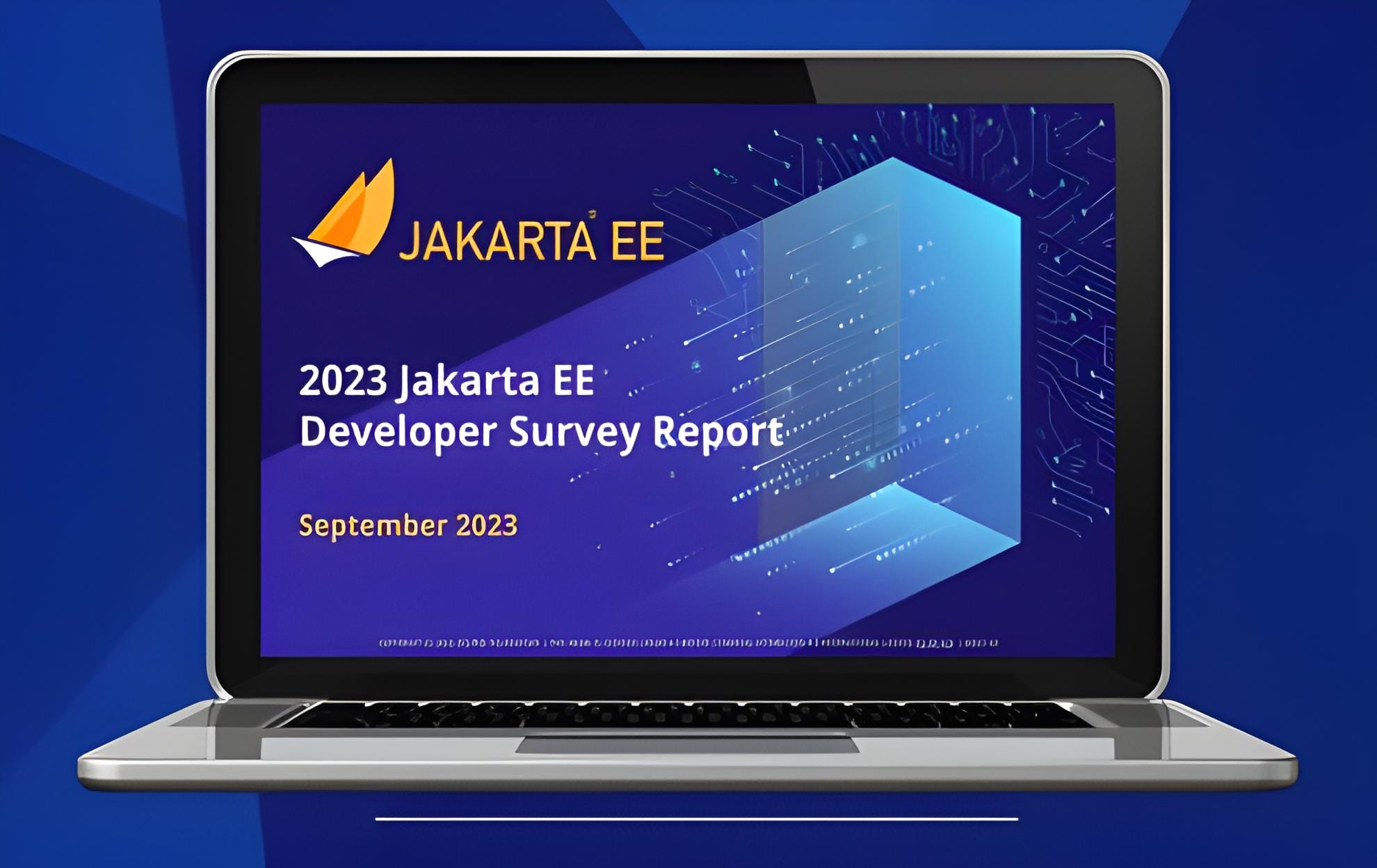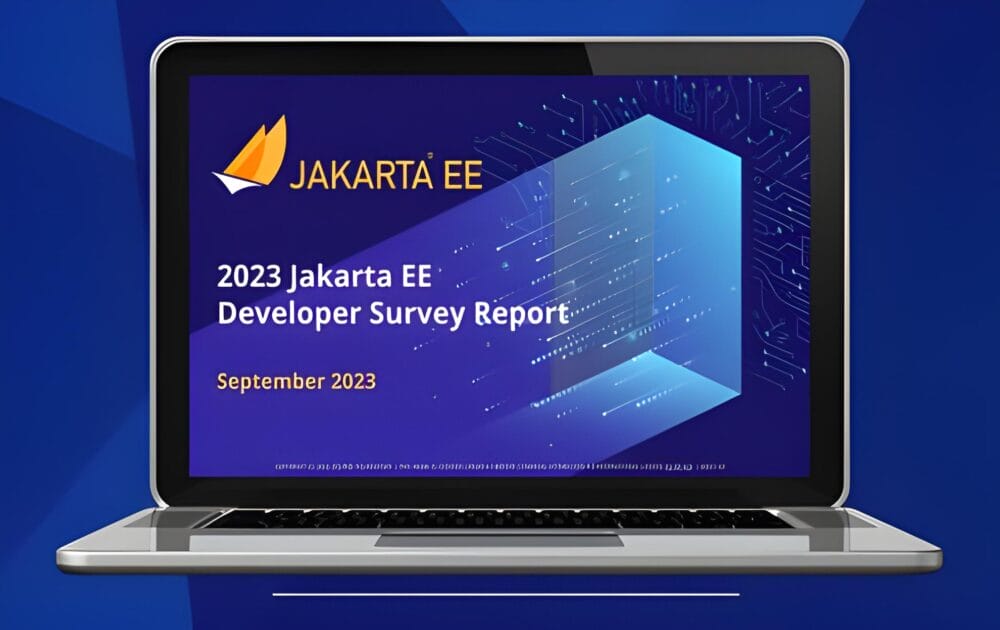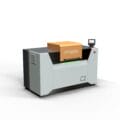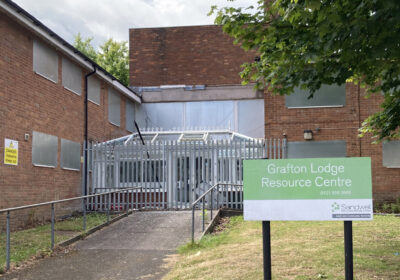This year’s report reveals a continued focus on cloud native implementations, with a new shift towards adapting Java SE innovations into Jakarta EE
The Eclipse Foundation, one of the world’s largest open source software foundations, today announced the availability of the 2023 Jakarta EE Developer Survey Report, the industry’s most prominent survey for technical insights into enterprise Java. The results showcase a significantly increased growth in the use of Jakarta EE and a growing interest in cloud native Java overall. The 2023 Jakarta EE Developer Survey Report can be downloaded in its entirety here.
“2023 has seen the continued growth of cloud native Java, with open source leading the way,” said Mike Milinkovich, executive director of the Eclipse Foundation. “The release of Jakarta EE 10 truly opened the doors for this shift, and as we set our sights on Jakarta EE 11 our community is looking to drive innovation for enterprise developers by providing new and enhanced APIs and embracing new features in the Java language and platform.”
Now in its sixth year, the Jakarta EE Developer Survey plays a crucial role in providing insight into the needs, preferences, and perspectives of developers within the Java ecosystem. Additionally, it also serves as a valuable resource to help the Java ecosystem better understand the evolving landscape of cloud-native enterprise Java and what that means for their respective strategies and businesses. Spanning from March 14 to May 23, 2025, this year’s survey engaged a total of 2,203 participants.

Here are some of the key findings from this year’s survey:
- Spring/Spring Boot, which incorporates elements of Jakarta EE, continues to dominate as the leading Java framework for cloud native applications at 66%. (up from 57% in 2022). Jakarta EE usage remains steady at 53%, while MicroProfile usage experienced a slight decline, dropping from 30% in 2022 to 26% in 2023. It’s important to note that Spring/SpringBoot is reliant on Jakarta EE developments for its operation and is not necessarily competitive with Jakarta EE. Both are critical ingredients to the healthy enterprise Java ecosystem.
- 28% of the respondents will develop cloud native applications to replace some or all existing services (up from 25% in 2022) while 24% will modify existing Java applications for migration in the cloud (vs 28% in 2022). 22% of the respondents are currently running their Java applications in the cloud (vs 18% in 2022)
- Despite only shipping in September 2022, Jakarta EE 10 usage has grown to 17%.
- Over 60% of respondents (59% in 2022) have already migrated to Jakarta EE, or plan to do so within the next 6-24 months.
- 17% of respondents run Jakarta EE 9/9.1 in production (up from 14% in 2022) and 28% currently run Jakarta EE 8 in production (vs 24% in 2022)
- The Jakarta EE Community is deeply interested in adopting the innovations implemented in Java SE into Jakarta EE (30%). This is a good indicator that Jakarta EE 11 release plan is on the right direction by adopting new Java SE 21 features.
- The Top five community priorities for Jakarta EE are:
- Better support for Kubernetes 50% (51% in 2022)
- Better support for microservices (48%)
- Adapt Java SE innovations (such as Records and Virtual Threads) (30%)
- Improve support for serverless (25%)
- Faster support from existing Java EE / Jakarta EE or cloud vendors, improve support for testing & faster pace of innovation (23%)
With regard to the community’s priorities in terms of the future of Jakarta EE, it is interesting to find that the first two priorities remain consistent over the past two years, from 2021 to 2023. However, last year’s 3rd place priority “Faster Support from existing Java EE / Jakarta EE or cloud vendors,” has been overtaken by a shift to adapting Java SE innovations and serverless support.
The Jakarta EE community welcomes contributions and participation from all interested individuals and organizations. As the Jakarta EE Working Group diligently works towards the Jakarta EE 11 release, which includes innovative cloud native features, there’s no better time to become part of this vibrant community and make your voice heard. To get involved and connect with the global community, visit us here.
For organizations that value enterprise Java and would like to help shape its future, the Jakarta EE Working Group offers a unique opportunity. Membership in the working group not only supports the sustainability of the community, but also provides avenues for participating in marketing initiatives and direct engagement with the community. Discover the numerous benefits and advantages of membership here. Your involvement can help drive the future of enterprise Java.
Quotes from Jakarta EE Working Group Member Organizations
IBM
“It is great to see the progress made with developers around Jakarta EE adoption,” said Ian Robinson, CTO, IBM Application Runtimes. “We continue to innovate and deliver complete Jakarta EE compatibility and production support, along with MicroProfile and Spring Boot, with our Liberty runtime making it the ideal runtime for cloud-native applications.”
Oracle
“The 50%+ growth in survey responses indicates a vibrant Jakarta EE community that is looking for improved Kubernetes support, microservices support, and adoption of new Java SE features such as virtual threads. Oracle’s investments in WebLogic Server, Helidon, Coherence, and Verrazzano are aligned with these trends, and the survey results provide valuable insights into these and other trends in the enterprise Java community.” – Tom Snyder, VP of Engineering, Oracle Enterprise Cloud Native Java
Payara
“It is fantastic to see such an increase in participation in this year’s comprehensive Jakarta EE Developer Survey. Especially encouraging is the growth in use of Jakarta EE 10, despite it only shipping in December,” said Steve Millidge, CEO and Founder, Payara. “We help developers enjoy its new features, with our Payara Platform 6 Enterprise and Community Edition. Respondents continue to ask for greater support for Kubernetes and Docker in Jakarta EE. We hope to provide an alternate solution for this, with our fully managed cloud native runtime, Payara Cloud, taking away the hassle of Kubernetes for Jakarta EE developers altogether. Overall, the future looks bright for Jakarta EE and Payara, as we note with pride that the percentage of respondents using Payara has also increased!”








